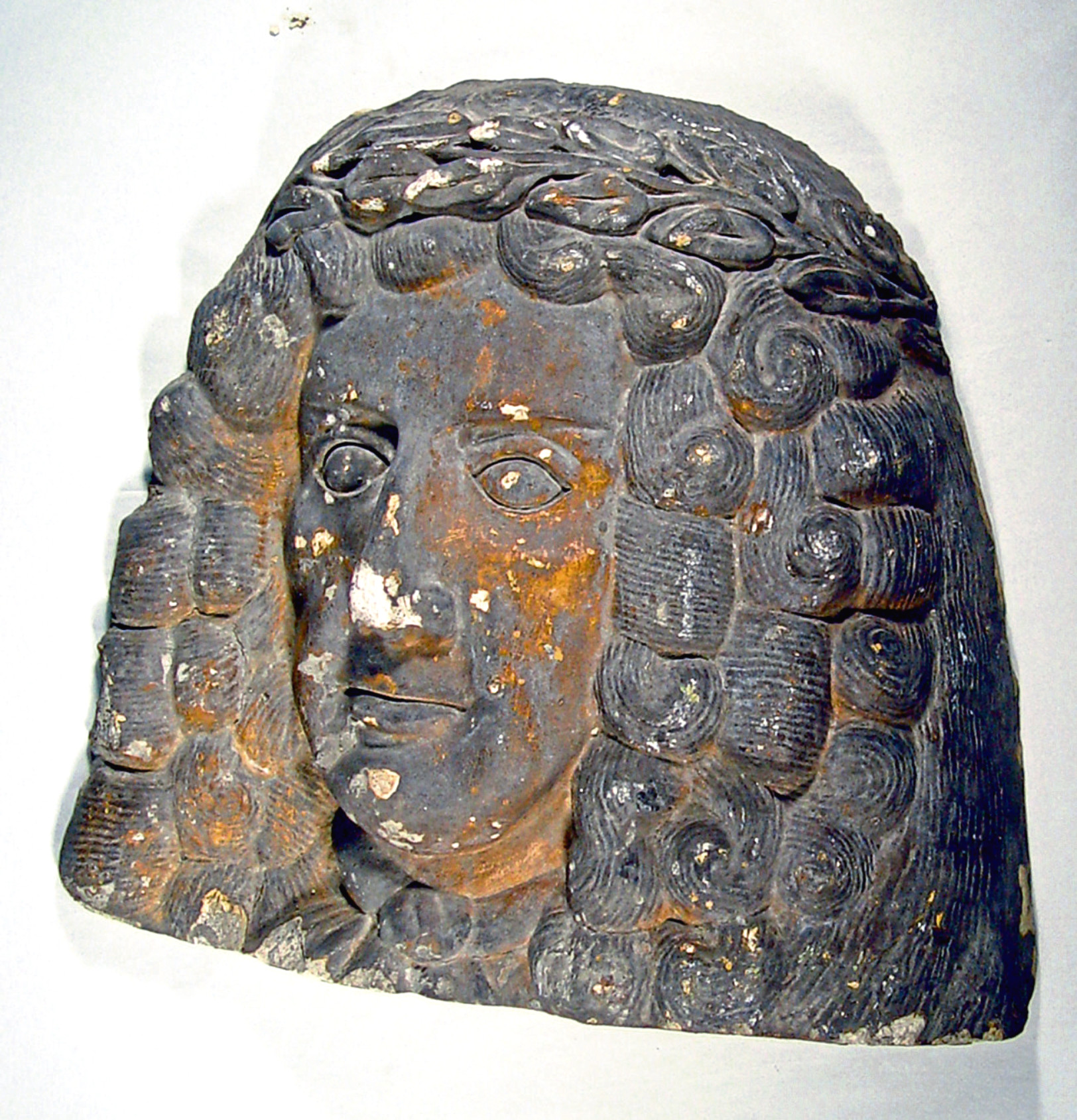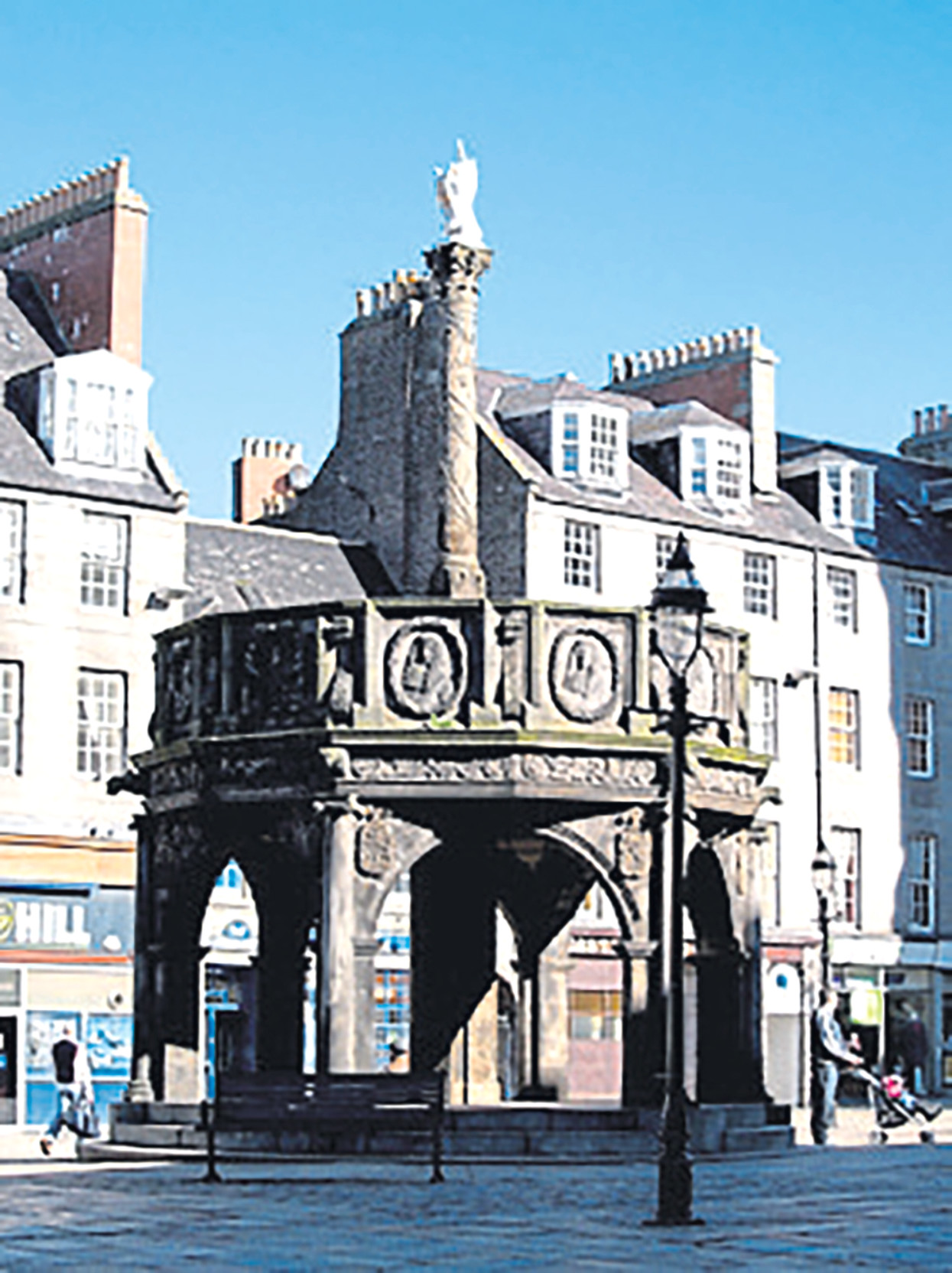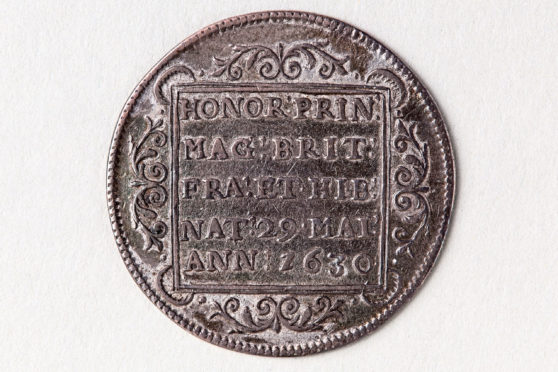When Charles II visited Aberdeen in 1650, there was great excitement. The people of Scotland had not seen a reigning monarch for nearly 20 years.
He arrived during the Wars of the Covenant (1639-1651), one of the most turbulent periods of Scottish history. He had just returned from exile in the Netherlands and was on his way to be crowned at Scone.
Charles’s father, Charles I, was the last king to be born in Scotland, yet he had grown up in England and loved the Anglican church which he tried to force on the Scottish Kirk.
This caused outrage and led to the organisation of a group known as the Covenanters.

A document was drawn up to unite all the people opposed to Charles’s unpopular policies that became known as the National Covenant. Charles I would eventually be executed by Oliver Cromwell’s English Commonwealth in 1649, after being captured and turned over by the Scottish Covenanter army.
At this time, Charles II was only 19 and was living in exile in the Netherlands.
As much as Scotland despised Charles I, the Scottish parliament all agreed that his son was the best man for the throne of Scotland – on the condition that he sign the National Covenant.
A number of failed negotiations between Charles and the Scottish Parliament led to Charles’s advisors telling him that he would have to go to Scotland in person to reach an agreement.
He arrived at Garmouth in Moray on June 23 1650, where he finally signed the Covenant, before travelling through the kingdom to Perth for his coronation.
 In July, Charles II resided at Pitfodel’s Lodging in Aberdeen, which stood across from the Tolbooth on the Castlegate. His likeness can be seen today on our mercat cross, along with other Stuart monarchs.
In July, Charles II resided at Pitfodel’s Lodging in Aberdeen, which stood across from the Tolbooth on the Castlegate. His likeness can be seen today on our mercat cross, along with other Stuart monarchs.
Charles II was the last king to be crowned in Scotland, on New Year’s Day 1651. He would never return to Scotland, even though he reigned as its king for another 35 years.
